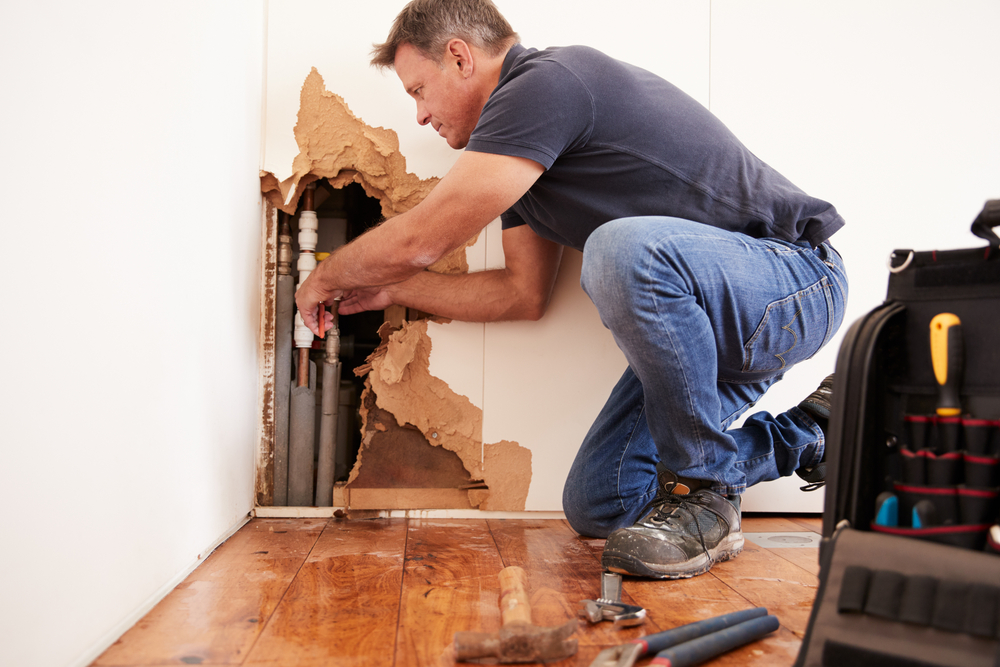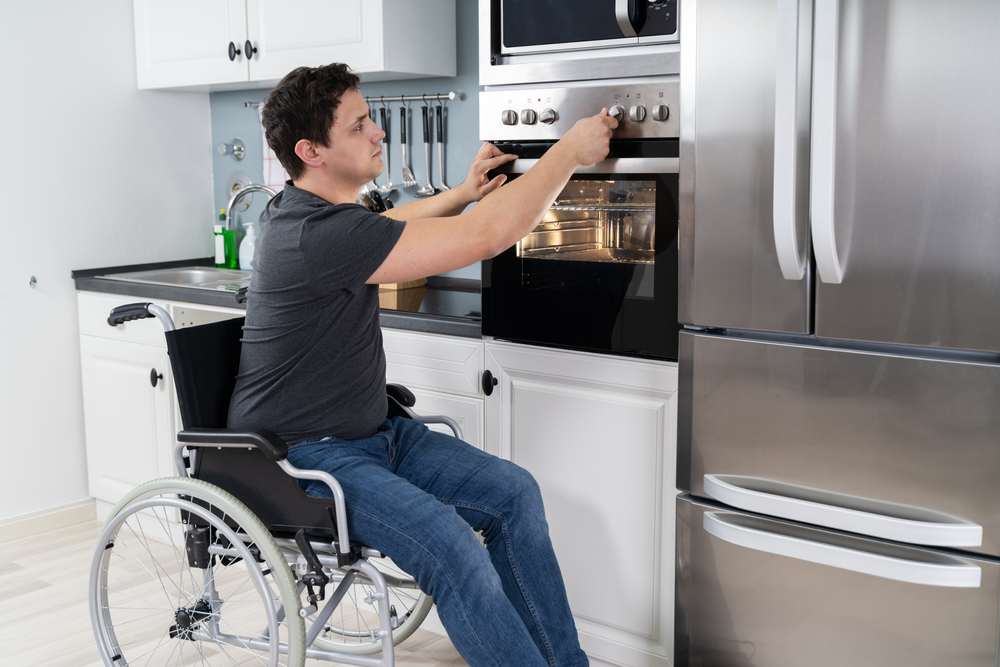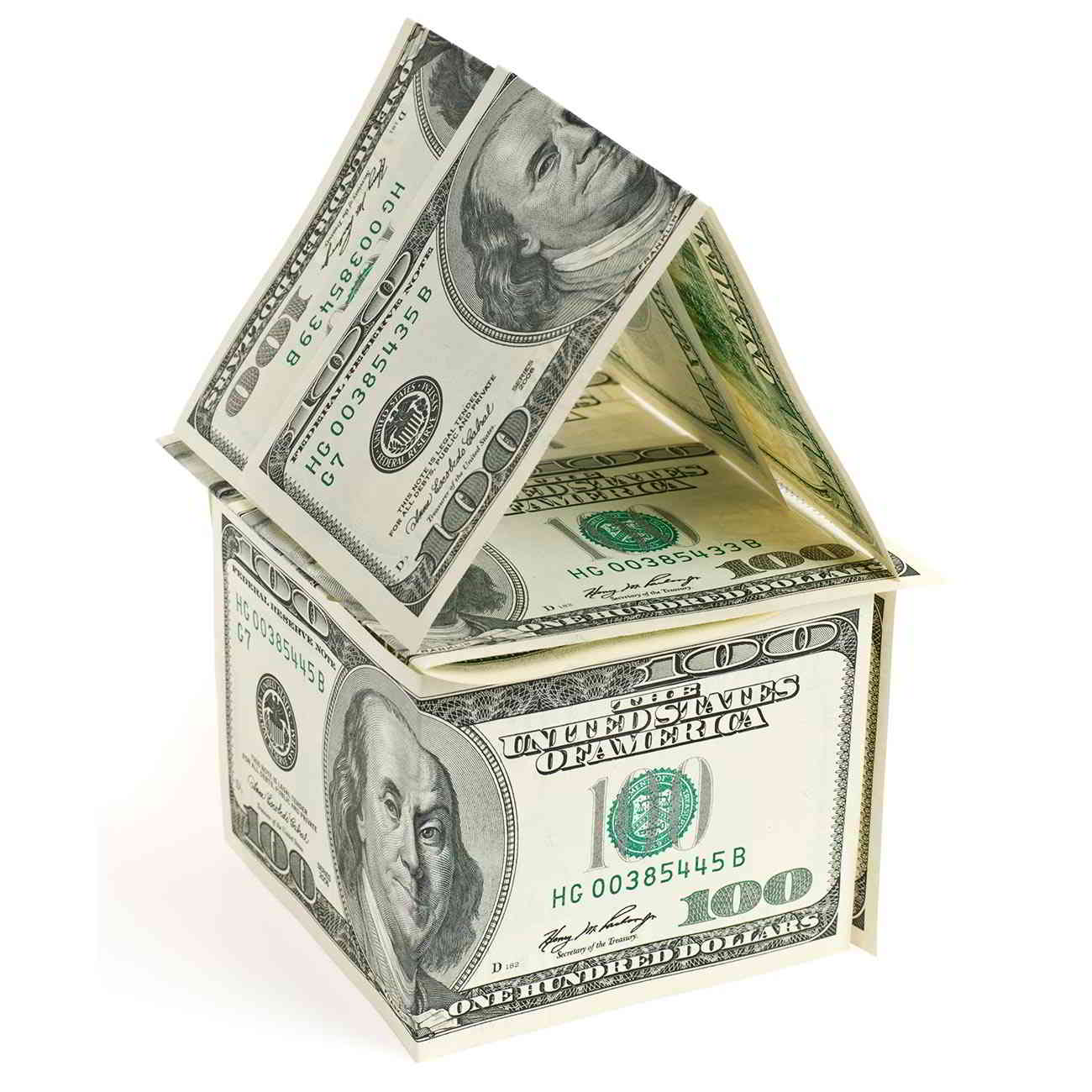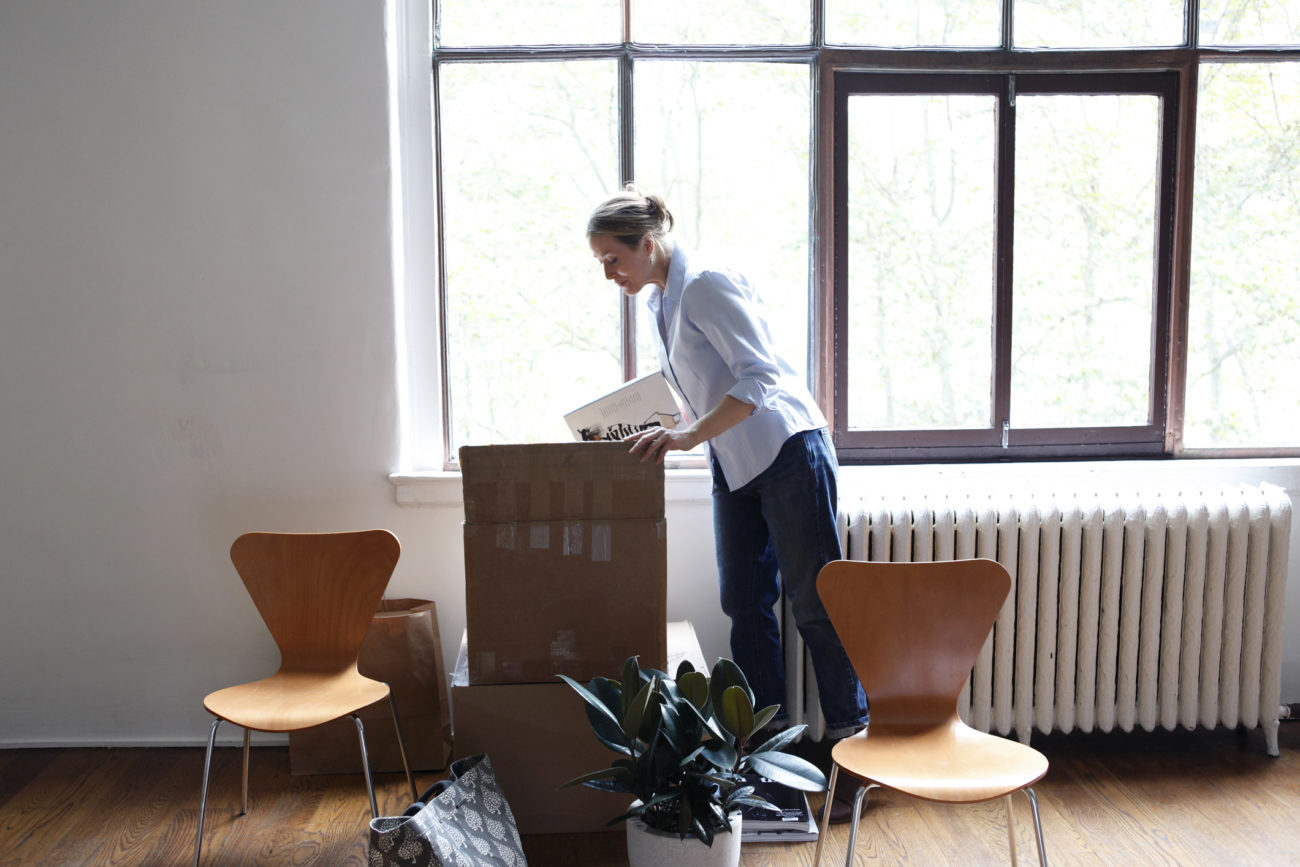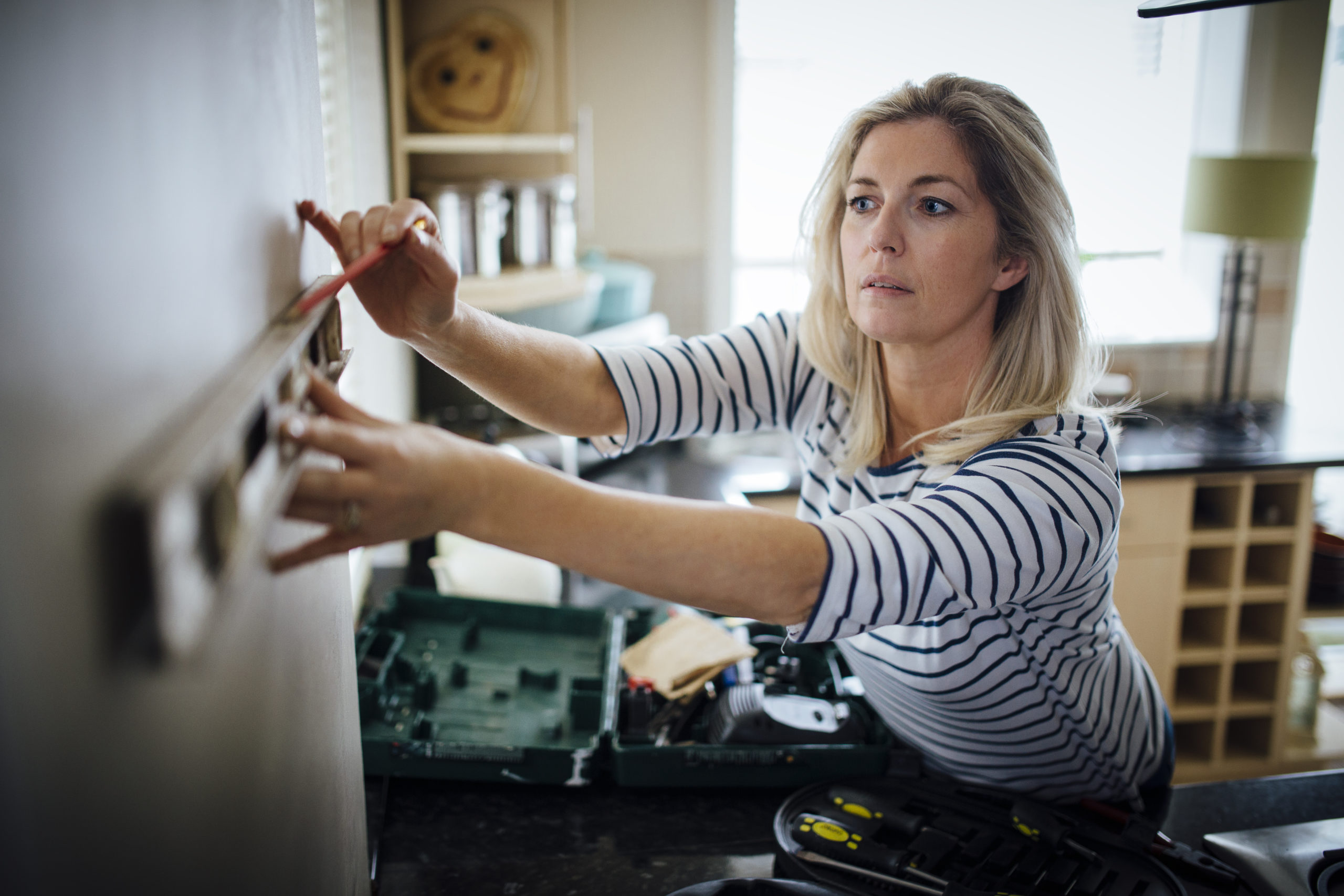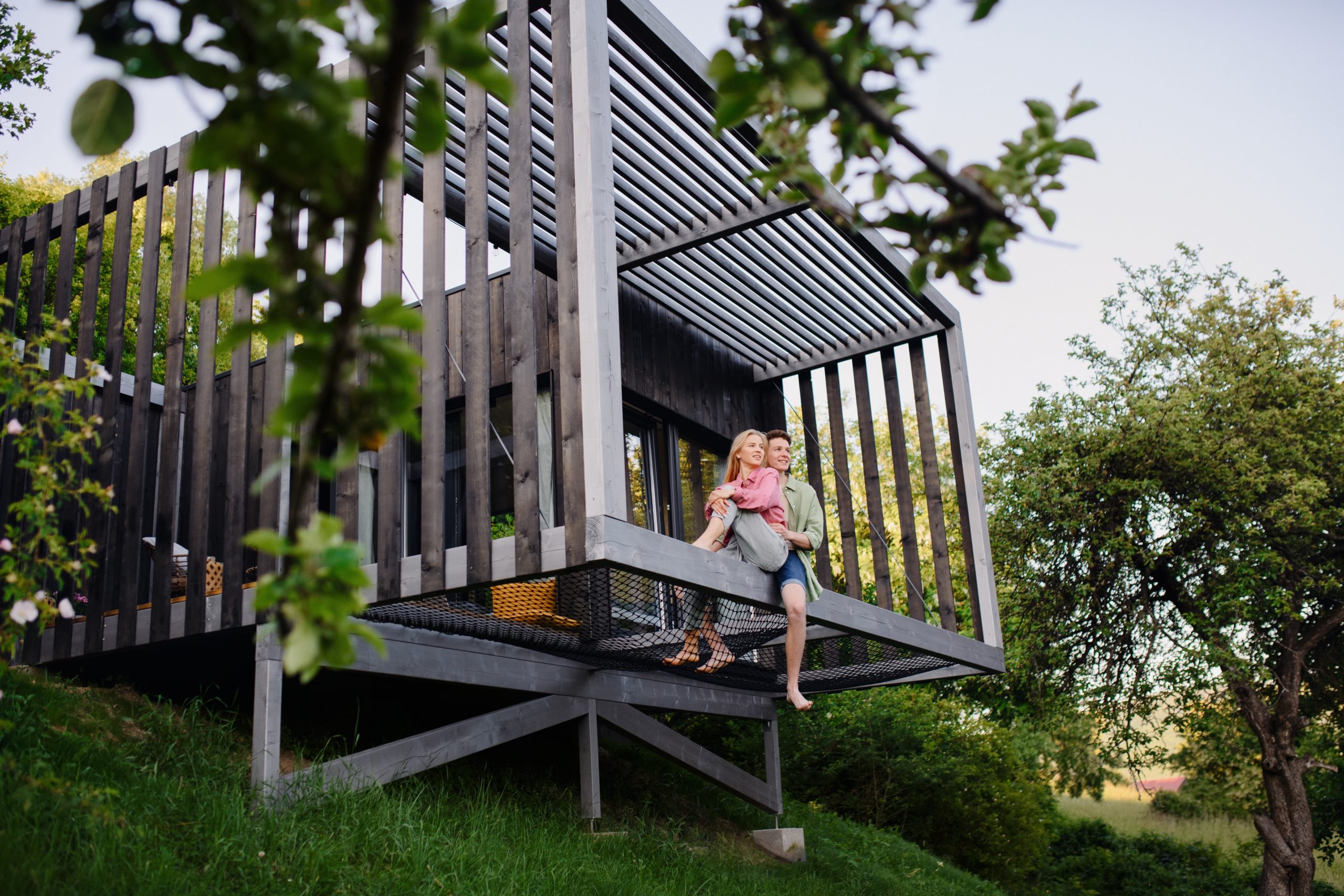Choosing the Best Home Improvement Personal Loan for Home Schooling
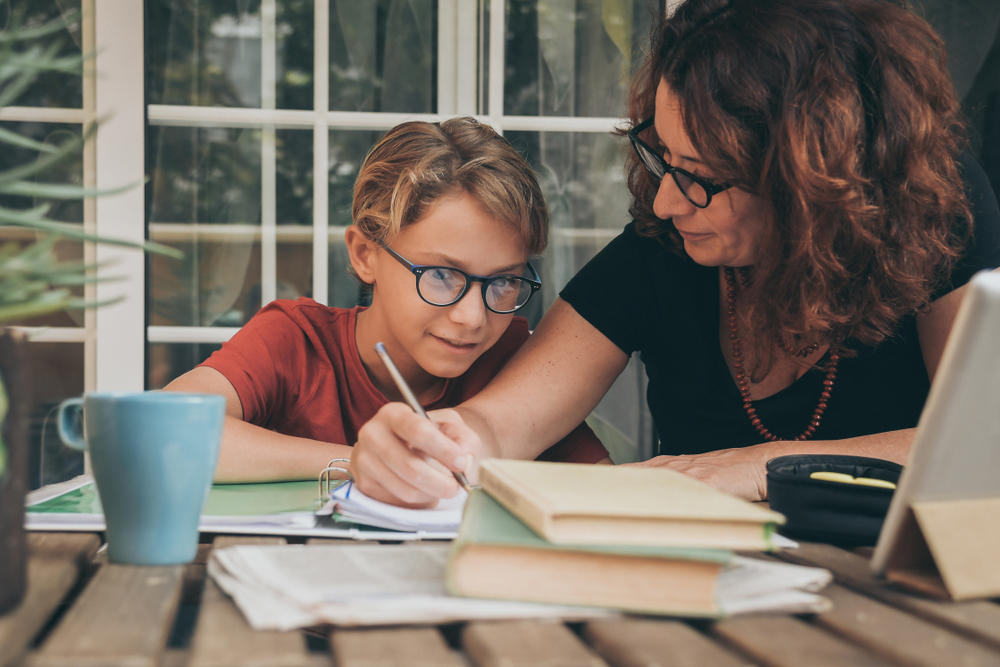
Do you want to home-school your kids but you don’t really have the room? Or maybe you do, but the extra space you have is cluttered with storage or otherwise occupied?
The good news is that a little creativity and cleaning go a long way, and so do home modifications for home schooling.
To afford the changes you might need to make to create a haven of learning, you can opt for a home improvement loan for home schooling.
Why Get a Personal Loan for Home Improvement?
According to home sales and rental giant Zillow, 72% of homeowners intend to engage in a home improvement project in 2022. Though renovations to kitchens and bathrooms top the homeowner wish list, there are other projects on that list that could easily relate to homeschooling, such as the 31% who want to improve their office space or the 23% who want to finish out a basement or attic.
But how do they pay for that? Many choose a personal loan for home improvement for homeschool projects.
There are many times when looking for the best personal loan makes sense. Here are just a few of them.
The loan has better terms than a credit card
Though it can be tempting to put home improvement for home schooling on a credit card, there are a few reasons to avoid this. The first is the interest, which is often higher than that of a personal loan.
There is one caveat, however: the 0% introductory APR. If you can open a card with a 0% APR for a set period of time, such as 18 months, that gives you time to pay off the card without accruing a dime of interest.
However, there is still the question of what using a credit card will do to your credit.
If your balances are too high, your credit score could take a hit, which makes it harder to get more credit in the future. This might be especially true if you have a credit card with a $20,000 limit, let’s say, and you put $18,000 on the card. That cuts your available credit down and dramatically changes your debt-to-credit ratio.
You don’t have enough equity
Some homeowners use a home equity loan, or a home equity line of credit, to pay for their home improvements.
Home equity is the difference between the appraised value of your home versus the amount you still owe on it. For example, if your home is appraised at $300,000 and you owe $100,000 on your mortgage, you have $200,000 of equity in your home. You can then talk to the bank to borrow against this equity to pay for home improvements.
While this is an ideal scenario if you have adequate equity in the home, if you don’t have enough, you won’t be able to take out the amount of money you need. That leads to cutting corners to get your project done, and that can lead to serious issues down the road, not only for the aesthetics of your home but for safety as well.
You’re averse to risk right now
Perhaps you do have enough equity in your home that you could use it for a variety of home schooling projects, but you might be nervous about the volatile nature of today’s economy and looking to keep your assets as safe as possible.
In that case, you might not want to use a home equity loan or choose any other loan that uses your home as collateral. A personal loan is often based on your creditworthiness and other factors, such as a steady income, and doesn’t have to use your property as security against the loan.
Keeping your savings intact matters
Obviously, the best possible way to make home improvements is to use savings you have built up over the years for just that purpose.
But not all of us have enough in savings. In fact, one survey found that 58% of Americans are concerned they don’t have enough in their savings to cover an emergency, much less a home improvement project. Given those worries, it makes sense that you might want to keep every dime in your savings and choose to go with a personal loan instead.
Having that liquid cash available to you can help you breathe easier.
You want to stay on a tight budget
If you have the ability to get a large home equity loan with great terms, that might be the way to go. But sometimes that can backfire.
The more money you have to spend, the more tempted you will be to splurge on the bells and whistles you don’t need. And as everyone knows, home improvements tend to balloon into more than you bargained for.
While this might not be a problem if you intend to paint a few walls and bring in some specialty furniture like desks and chairs, if you are going to partition off a room to create individual space or splurge on a wall of shelves for books, you could easily go over budget.
Choosing a personal loan with a set amount that suits your needs and nothing more can prevent overspending.
Home Modifications to Accommodate Home Schooling
When you’re planning out the proper space for home schooling, focus on what you really know you need — such as storage for all those books and supplies — as well as what your want to make the space a pleasing one to work in.
Just as you want a nice office that makes you ready to work when you sit down in the chair, you want to provide the same sort of “go getter” atmosphere for your home-schooled kids.
Here are some potential modifications that could fit in with your goals and budget.
Upgrade your storage
This is an area that can be quite affordable or very expensive, depending upon what you really want. For instance, simple bookshelves from the local home improvement store can run you less than $200 to outfit the room with plenty of shelving. But if you choose to go with a custom shelving unit or built-in bookcases, expect to pay anything from $300 to $1,200 per linear foot.
Add more electrical outlets
With all the technology that home schooling uses these days, more electrical outlets in your dedicated home school area are a must.
Speak with an electrician about adding in more outlets and possibly increasing your electrical service if necessary.
Adding a new outlet could cost $200 or so, while increasing your electrical service might run up to $4,000, depending upon the size of your new panel.
Get more space for learning
A desk that suits your child is very dependent upon their comfort level, size, how many bells and whistles they want, and more. But in most cases, you can find an excellent desk for less than $100. Expect to pay more if you choose to have a desk custom-built for your space.
Bring the light in
Natural light is incredibly important for physical and mental health, both of which can improve learning.
If your space doesn’t have windows or has very small ones, consider opening up the wall and adding new windows to bring in more light.
A new window can cost between $2,000 and $10,000, depending on its size and the extent of the construction required for installation.
Add soundproofing
Basic soundproofing can be pretty affordable at less than $300 for a set of panels that will look attractive on the wall and deaden sound at the same time.
If you want a more custom solution, expect to spend upwards of several thousand dollars.
Take control of the temperature
It’s tough to study anything at all when you’re battling the cold or sweltering heat.
While central heating and air units can run in the thousands and can handle the entire house, you can stick to a budget with window air units and space heaters for your home school space.
Expect to pay $300 or less for each, even for a larger room.
Make your flooring comfortable
The best flooring for a home school space will be something comfortable on the feet but also very easy to clean, as you might wind up with all sorts of messes from science experiments and the like.
A good option for little ones is inexpensive locking foam tiles, which can cost less than $100. For older kids or a room that has a more sophisticated feel, consider wide tiles, just like schools use.
Professional installation of these simple tiles can run between $7 and $14 per square foot.
Consider specialty modifications
If your child has disabilities, you might need some home modifications for people with disabilities that give them an easier way to learn.
For instance, if an indoor ramp is necessary to gain access to the new home schooling room, expect to pay between $200 and $2,000 depending on the complexity and the quality of the ramp you choose.
Education projectors, which might help those who have impaired vision, often cost between $400 and $900 or so.
Where to Get Help for Homeschooling
Is there help to pay for homeschooling that goes beyond a personal loan? Perhaps. Here are some options.
USDA Single Family Housing Repair Loans and Grants. These very low interest loans and grants are available to those who have limited income and live in certain parts of the country.
Home School Legal Defense Association. This organization provides strong grants for members and can assist you in finding others. Though the grants might not cover home renovations, they can cover other things that can free up some extra cash to pay back your home improvement loan.
State Grants. Some states offer grants that can help those who have special needs and must be homeschooled for the most outcomes. An example of this is in North Carolina, where the NC State Education Assistance Authority offers help to those who need assistance to teach children with disabilities.
Homeschool Community Foundation. This organization partners with local home schooling organizations to help individuals get what they need to teach effectively at home.
VELA Education Fund These grants provide assistance to those who are thinking outside the box concerning homeschooling, including micro-grants to individuals and larger ones to co-ops and other homeschooling organizations.
Frequently Asked Questions (FAQs)
This is where good organization comes into play. If the kids are far apart in ages and abilities, make sure they have separate desks, separate storage, and their own unique places to work outside of the home schoolroom. Bring them together to go over the daily schedule so they understand what the other is working on, just to help them understand how it works for each other.
Depending on what you’re teaching on any given day, this could be a good thing. For instance, a home economics class should have you in the kitchen or a history class could have you in the living room in front of the television while you watch documentaries together. The key is organization. Make sure there is a way of organizing homeschooling materials in every room so you never lose anything and can get to them at a moment’s notice.
Many of us don’t have enough space to create a room for home school. The good news is that learning can happen anywhere. All you need is a nook or corner where someone can study quietly, even if that means a small alcove off the living room or kitchen. You also need some storage where each child can keep their books, papers, and other supplies.



